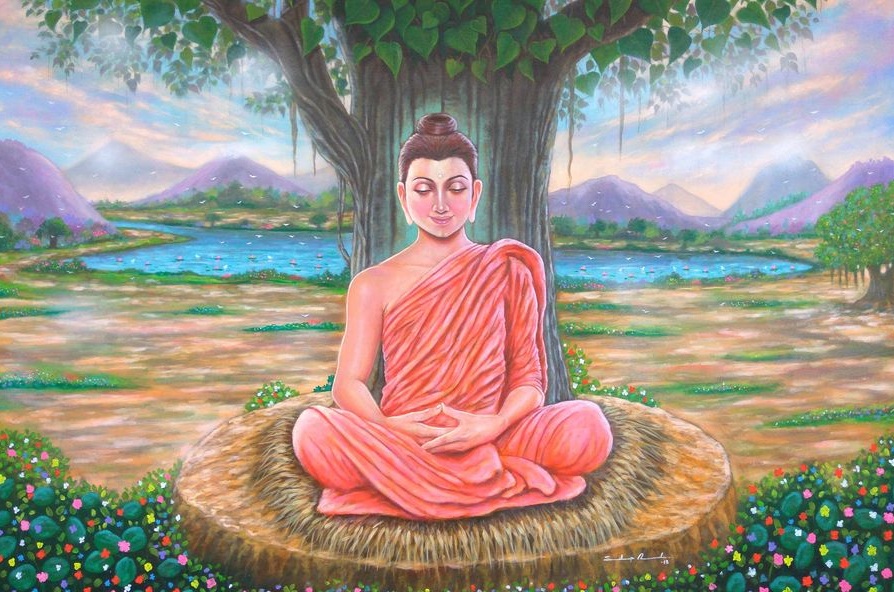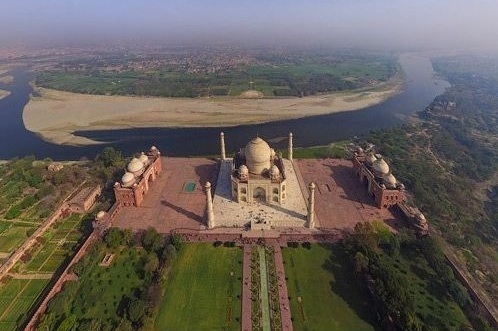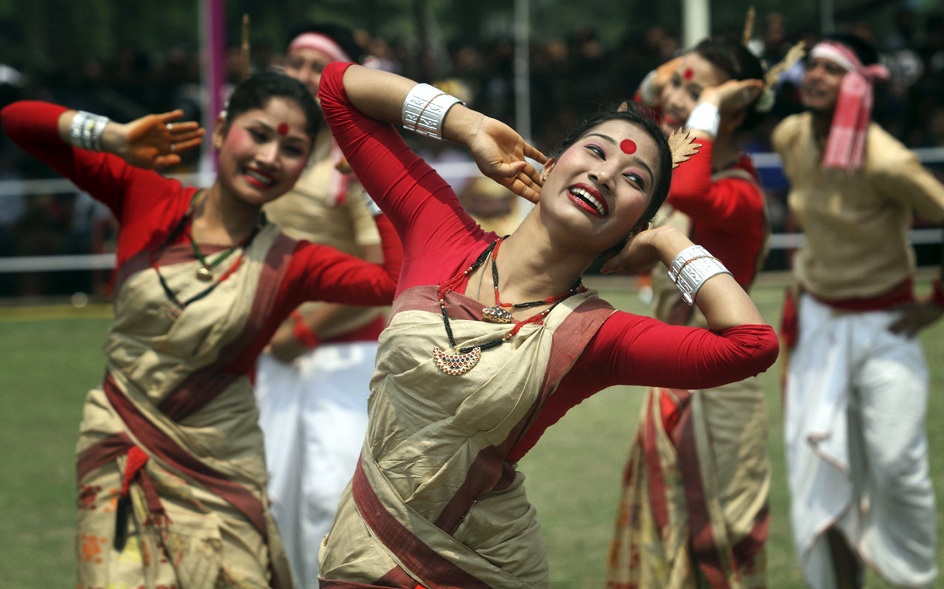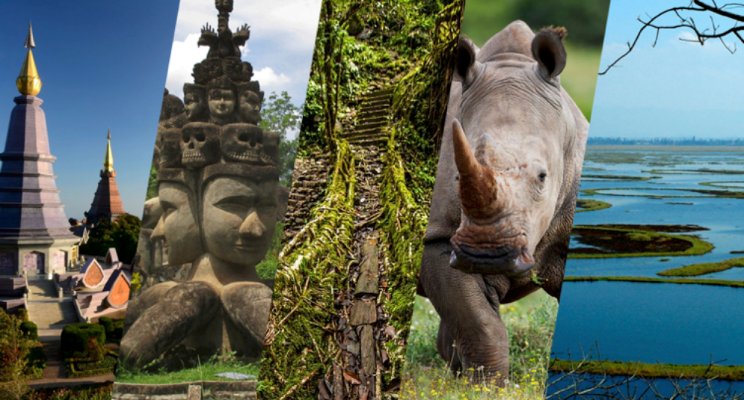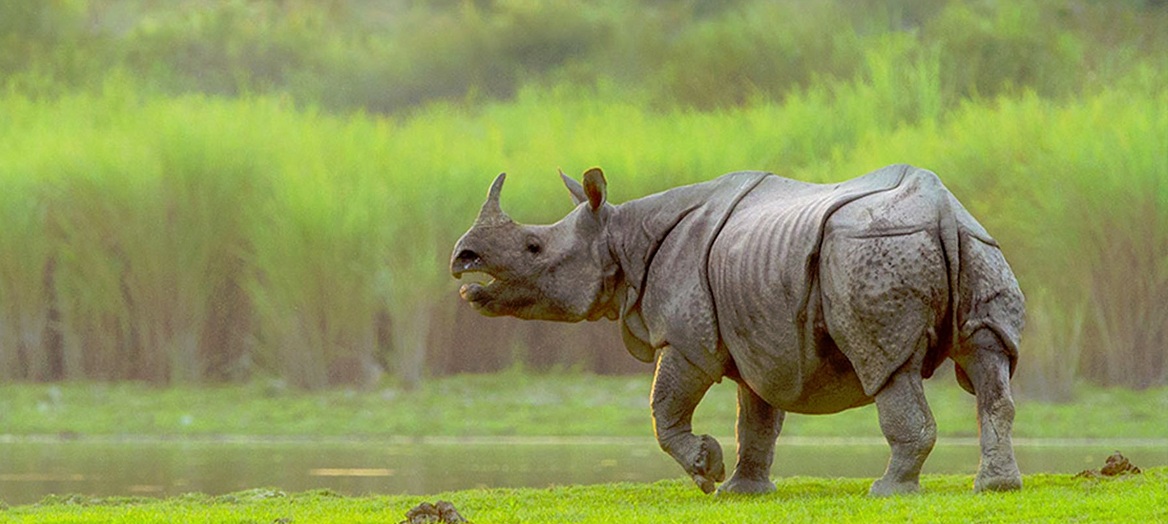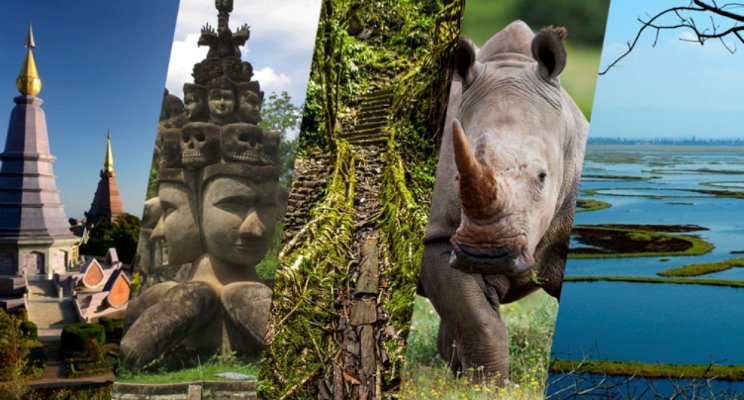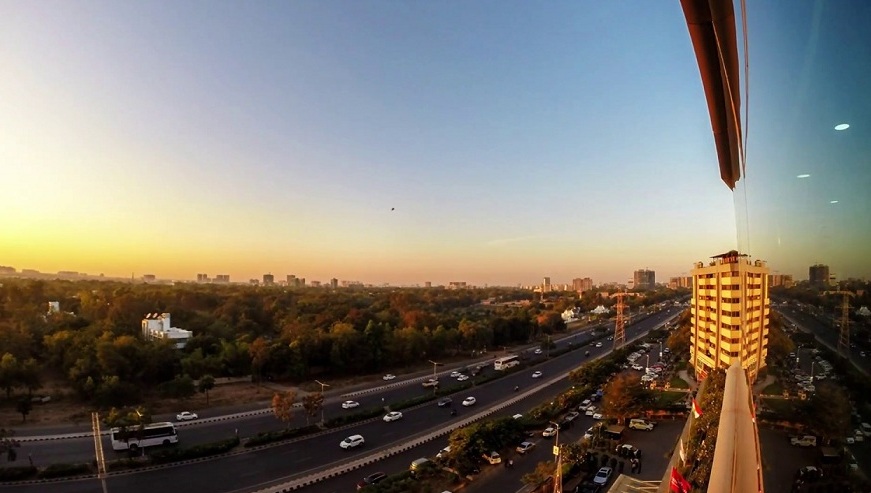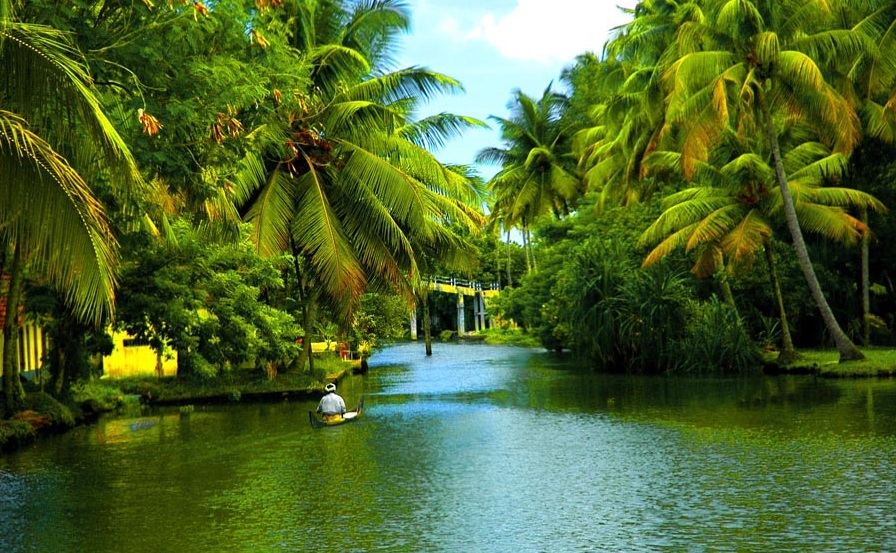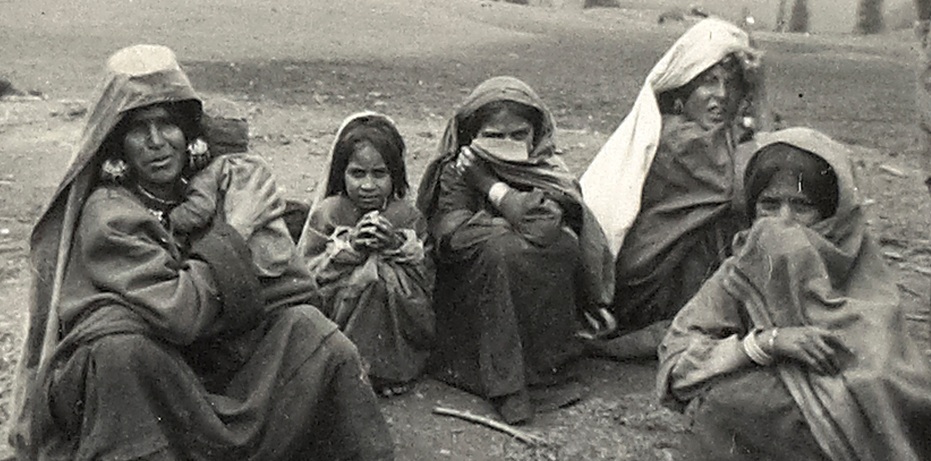Golden Temple, Sri Harmandir Sahib (The abode of God), is considered as the most celebrated shrine of the Sikh religion. Guru Arjan, the fifth Sikh Guru, designed and developed the place of sublime peacefulness. He then installed Adi Granth, the holy scripture of Sikhism, inside it. Even though Guru Arjan initiated the construction of Gurdwara, its foundation stone of this Gurdwara was laid by Muslim saint Mian Mir on 28 December 1588. It took 16 years to be completed. Over a lakh people, regardless of religious distinctions, visit this beautiful…
Read MoreCategory: Geography
AGRA’S RISING POLLUTION IS THREATENING TO DISCOLOR SHAH JAHAN’S MASTERPIECE
The Mughal Emperor who built white marble mausoleum on the south bank of the Yamuna River wanted to build a second mausoleum in black color. It is believed by some people. But as per a great number of Historians, the plan to construct a Black Taj Mahal was a myth. Instead, Shah Jahan wanted to build a Moonlight Garden there. However, the 561 feet long 17th-century building is carrying India’s rich history. Black Taj Mahal was a myth, but a Green Taj Mahal could be expected after 500 years of…
Read MoreTHE NEGLECTED INDIA: POST INDEPENDENCE STORY OF NORTHEASTERN STATES
The rail connection in the year 1947 between North-East India (Guwahati) and Kolkata was through East Bengal, which is now in Bangladesh. The rail connection between the northeast region and India (West Bengal) was cut off after partition in the year 1947. Immediately after separation, there was no rail link between northeast India and rest of India. At present, there are direct rail links between rest of India and northeast states, but the connection is extremely fragile. Floods cut off the relationship between India and northeast India very often. Isolation…
Read MoreARMED FORCES (SPECIAL POWER) ACT IN NORTH-EAST: A MISUSED POWER OR A NECESSITY
Due to partition of Bengal, East Bengal and Assam at the time of independence of India in the year 1947, some specific areas were struggling with internal conflicts. In order to control and deal with the situation in distributed regions and help to maintain law and order, the Indian army is provided with some special power under AFSPA, which is collective name given to several arms acts. It is considered by many experts as a controversial piece of legislation that vastly confer powers on the army that are posted in…
Read MorePOSSIBLE SOLUTIONS TO TACKLE UNEMPLOYMENT, ARMED CONFLICTS IN NORTH EAST
The Nagas started waging an armed conflict against the newly formed Indian government to establish an autonomous state in the northeast region, soon after India gained its independence on 15th August 1947. The Naga conflict is considered by many experts one of the little known and one of the longest-running armed conflicts around the world. The government of India in last 70 years has tried to tackle the Naga conflict unsuccessful through use of force, political reconciliation and other measures. Whenever the government intervened, the situation of conflict deepened. One…
Read MoreTHE OTHER INDIANS: WHY IS IT IMPORTANT TO UNDERSTAND THE NORTHEAST CONFLICT?
The northeast region of India – Assam, Nagaland, Manipur, Arunachal Pradesh, Mizoram, Tripura, Meghalaya, and Sikkim – is still neglected and suffer a massive conflict that caused from substantial economic loss. Isn’t it a regrettable fact after 70 years of our independence? Surrounded by many countries such as China, Myanmar, Bhutan, and Bangladesh, the northeast region is poorly connected to the Indian mainland by a small corridor. There is a huge conflict associated with the north-east with the mainland that undermines the idea of prosperous and functioning democracy of great…
Read MoreWEST BENGAL, KARNATAKA ARE MOST CITY-STARVED STATES IN INDIA
Kolkata, India’s former capital and oldest operating port, is located on the east bank of the Hooghly River. The city of joy which was formerly known as Calcutta is the third most populated city, with 15.3 million people, in India. It was the most populated city in the country till 1971. Obviously, it is the largest city of West Bengal in terms of population and area covered. Do you know the second largest city in West Bengal or Karnataka? No problem if you don’t know because the fault is not…
Read MoreQUALITY OF LIVING: TOP 20 INDIAN STATES TO LIVE
Kerala tops among twenty Indian states in Niti Aayog’s Health Index Rankings. As per the report presented by Niti Aayog, fourteen out of twenty Indian states have registered an improvement in health indicators between 2014-15 and 2015-16; six states have shown a decline. Top-ranked Kerala slipped its previous mark without making any change in the rating. Himachal Pradesh, Haryana, Uttarakhand, Gujarat, and Karnataka are five other states among the declining ones. The worst performer of 2014-15, Uttar Pradesh, is continuing its twentieth rank even though it is among the three…
Read MoreUNFOLDING THE PAIN AND SUFFERING OF BENGAL PARTITION
If the Muslims who stayed on in West Bengal after partition was distraught on the one hand, then the upper-class Hindu majority population coming from Bangladesh after the partition of India and Pakistan equally faced the pain, agony, and bitterness of displacement. The boundary demarcation line between India and Pakistan was known as the Radcliffe line, which officially divided India into two separate nations (India and Pakistan). Till date, the event of the partition of India is considered to be one of the saddest events in the history of this…
Read MoreTHE PARTITION OF INDIA COST MURDER, RAPE, SHATTERED FAMILIES
The partition of India in 1947 triggered riots, which lead to murders, rape and shattered families on both sides of the border. A colossal wave of migration and mass causalities resulted during the partition. Millions of Muslims moved to Pakistan to what they hoped would be the safer territory. Hindus and Sikhs from Pakistan moved in the direction of India with a better life. Both the newly formed nation faced complex issues and problems were rehabilitating and accommodating post-partition refugees. The communal tension generated further movement when the two nations…
Read More